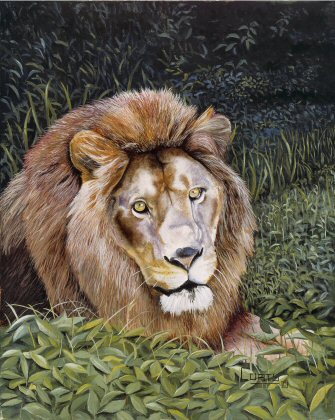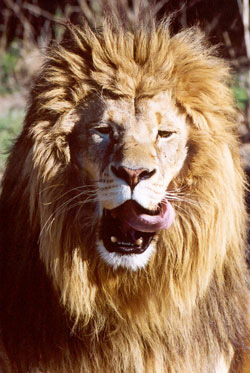| Animals World |
|
|
Carnivore
Carnivores are a modern order ofmammalthat
includes ten families: bears, cats, civets, dogs,
hyenas, mongooses, pandas, red pandas, raccoons,
and weasels. They first appear in the fossil
record of the Eocene period, forty to fifty million
years ago, and probably evolved from nocturnal,
small, semiarboreal predators called miacids.
Carnivores are recognizable by their teeth: enlarged
canines, specialized for stabbing and holding
prey, and carnassials, specialized for shearing
flesh and skin. All carnivores eat other animals,
which they capture in a variety of ways. Most are
terrestrial, although the otters are aquatic. Carnivores
are found on all continents except Antarctica.
They are recent arrivals to Australia, apparently
having reached this island continent along
with humans ten to forty thousand years ago.
|
Look also: Most Popular AnimalsPrincipal Terms
body mass: the average weight of females of
a species, expressed in kilograms |
|
Copyright 2016 |
|



